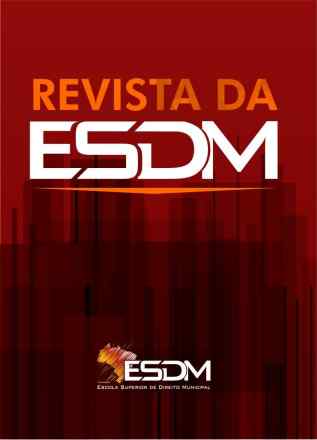Revista da ESDM - Seção Temática - Autocomposição
Revista da ESDM
Revista da ESDM - Seção Temática - Autocomposição
Autor Correspondente: C. D.P. Lobato F. F. Alves | [email protected]
Palavras-chave: comunicação não-violenta, escalada do conflito, mediação transformativa, material pedagógico, cultura de diálogo
Resumos Cadastrados
Resumo Português:
O desempenho da atividade de mediar conflitos é a arte de estar aberto ao outro, inteiramente presente, observando e ouvindo as narrativas das pessoas que sozinhas não conseguiram chegar a um consenso. Nesse caminho, podemos considerar alguns fundamentos significativos: a Comunicação Não-Violenta, sistematizada por Marshall Rosenberg, os nove degraus da escalada do conflito, apresentados por Glasl, bem como o modelo da Mediação Transformativa desenvolvido por Bush e Folger. E nesse exercício, o mediador pode fazer circular toda inspiração, observação, pesquisa e fundamentação teórica e prática de processos de transformação de conflitos criando materiais pedagógicos. Como foi o caso do livro recém lançado Ciranda do Ser de autoria de Cristina Lobato, advogada e mediadora. No presente artigo, serão apresentados alguns dos referenciais do livro e um resumo da obra.
Resumo Inglês:
This article deals with the possibility of extinguishing the tax credit through mutual concessions, that is, the applicability of the extrajudicial resolution of disputes in tax matters through self - determination. The research problem is whether alternative methods of conflict resolution can be applied in tax matters without compromising or jeopardizing the unavailability and supremacy of the public interest. In order to answer this question, it was necessary to seek the roots of the Brazilian Tax System, seeking to understand the tribute from its principiological aspects. The purpose was to try to relativize the thesis of unavailability, still very much rooted in Administrative Law, trying to demonstrate a new concept of public interest, in the light of economy, efficiency and, above all, the collection efficiency. Thus, the general objective of this article is to evaluate the possibilities of using extrajudicial collection mechanisms and their benefits for the Public Treasury. The research has as justification the inefficiency of the traditional methods of collecting the tax credits, among which the Fiscal Execution, which overburden the public coffers, in addition to being slow and ineffective as regards the constriction of the debtor, especially of the one who does not have equity to pay off the debt. The lack of autonomy of the Public Treasury to extinguish the tax credit, under adverse conditions such as this, exposes the precariousness of the collection system and the reduced use of the transaction as a means of extinguishing the credit. The relevance of the research is, therefore, precisely to try to propose a "new" collection model, incorporating the thesis that to have the tax credit in certain situations is also a way of serving the public interest.

